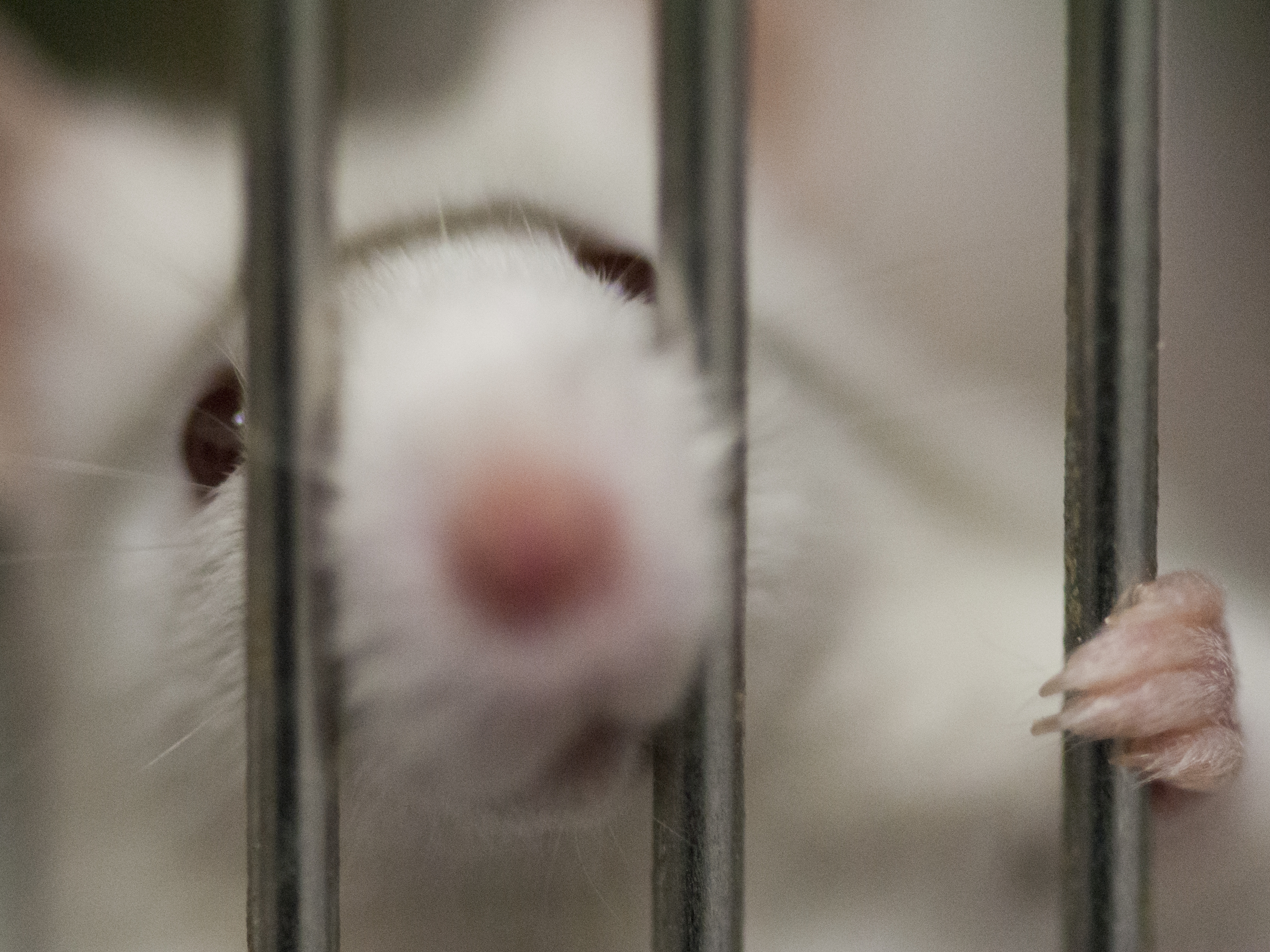The presentation went great! The guy at the gym said yes! The plane landed safely.
Think of a time you were afraid of a bad outcome and yet things worked out well. What a great feeling! It’s that kind of happiness and joy that is the reward for courageous behavior. Finding courage leads to true freedom, liberty and happiness. Now it turns out fear and reward are connected in our brains.
Your “no-bad-outcome” happiness has a neuroscience explanation. Our brains are prediction engines. In my book Fear is Fuel (Rowman & Littlefield Publish date Feb 3, 2020) I explain the Free Energy Principle (FEP) – a model of how the brain works, and why it’s critical to know the basics of this model.
The Free Energy Principle is the Foundation to Build Confidence

You can think of all your experiences as creating a massive database you use to predict future outcomes. When something scary goes into your database you store two memories in engram cells. One is a memory of just the facts the other is a memory of how we felt about the facts. These two memories populate our database of Prior Beliefs or PB. We use PB to predict new outcomes – when the outcomes are dramatically different from what we expected, when we’re surprised, that’s usually called fear. It’s also how we produce Free Energy. Limiting Free Energy should be your goal to be cool, calm and collected in any situation – whether it’s speaking your mind at work, starting your own company, or earning your pilot’s license.
Our feelings make up an emotional memory, and changing the emotional memory associated with a scary event was thought to be completely separate from the area of our brain responsible for fear, the amygdala. Scientists at MIT just proved that’s actually not the case. They looked at what’s called “fear extinction” or replacing negative emotions associated with events with newer positive emotions. To understand the change in emotional memories they watched areas of mice brains as they went through the research.
Fear extinction allows a new emotional memory (that isn’t fearful) to overwrite an original scary memory. In the MIT study mice were zapped enough to scare them, but not hurt them, in a specific cage. The shock caused them to freeze because they formed a fearful memory and reacted. However, the next day, when the mice were put back in the same cage with no further shocks, the freezing response gradually dissipated. This is fear extinction training.

Researchers wondered whether the fearful memory is lost or just over-written by forming a new memory with the fear extinction training.
The MIT scientists used technology (only recently created there at the Picower institute) to watch the neurons of the mouse while they underwent fear extinction training. Researchers could see different neural populations in a specific part of the amygdala, and proved reward and fear are directly connected.
NEUROSCIENCE GEEK ALERT:
They saw that what are called Ppp1r1b cells were more active and Rspo2 cells were less active in mice that experienced fear extinction. They saw that while Rspo2 cells activate from the shocks and they are inhibited by the fear extinction. Ppp1r1b cells are active during extinction memory training and retrieval, but are inhibited during the shock session. Separate cells for separate memories. What this means is the amygdala plays a role in both reward and fear – and that the reward cells can help eliminate fearful memories by shutting off the other cell’s communication capabiulity. This research helps us better understand how to treat issues like PTSD or anxiety because knowing what cells are active means doctors no know what cells to target.
How Fear Plays a Role Building Confidence
You have to seize those feeling after every event or occasion you have to face fear. You have to look for more fear to train your amygdala to turn on the reward center. Think of fear of flying. If you were scared and imagined the worst getting on the plane, think of how great the vacation was, or how interesting the business trip turned out. The bottom line is now that you know getting on a plane and flying across the pond resulted in an incredible trip, with lots of new experiences means your feeling of happiness and pleasant surprise can help override your historical fear you might have of flying.
First act, then you will feel, confident. Be courageous, even if you are afraid and when everything works out – like it does 99.9% of the time, you’ll be even happier that you faced your fear and used it as fuel.
Check out the pre-order contest for the book here! Win a chance to have an adventure weekend with me, ride a bike 1-on1 with Lance Armstrong or get one of five New York Times best-selling books signed by the authors! I wrote this confidence building book so you can find all your dreams on the other side of fear. Share your dreams and fears below and let me know how I can help!


